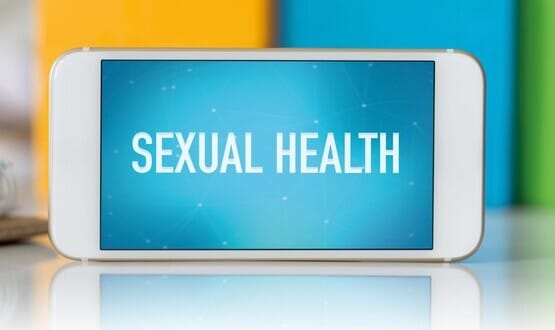Interoperable PHRs could save US $21bn a year
- 19 November 2008
 A US study has projected that personal health records (PHRs) have the potential to save the US healthcare system €16.3 ($21) billion a year.
A US study has projected that personal health records (PHRs) have the potential to save the US healthcare system €16.3 ($21) billion a year.
The independent study – funded by Healthcare Information Management and Sytems Society (HIMSS) and leading PHR suppliers – that the best model for PHRs, offering the maximum potential benefits, are interoperable systems.
The study was carried out by the Centre for Information Technology Leadership (CITL), a non-profit research body based at Partners HealthCare System in Boston.
“PHRs have the potential to dramatically improve efficiencies in our healthcare system,” said Dr Blackford Middleton, chairman of CITL and senior author of the report. “As more individuals actively participate in the management of their healthcare, we can realize enormous savings and enhanced quality of care.”
Dr Middleton described PHRs as “the latest frontier of health information technology that can effectively engage consumers in their care”.
The study highlights how PHRs can add value to the healthcare system through reduction of waste and error, decreased administrative cost, and decreased clinical costs
CITL found that PHRs – web-based systems that allow patients to maintain their medical data to better manage their healthcare – may result in annual net savings of 14.8 ($19) billion. The figures are based on a 10-year rollout and assume an 80% usage rate is achieved in the US.
The savings would be realised by both healthcare payers and providers, with the majority of benefits going to payers.
According to the study providing interoperable PHRs for 80% of the US population could be be achieved for as little as €2.9 ($3.7) billion, with annual running costs of €1.5 ($1.9) billion.
The figures are based on the implementation of an interoperable PHR that provides eight key functions: sharing of test results, sharing of medication lists, congestive heart failure management, smoking cessation management, appointment scheduling, medication renewals, pre-consultation questionnaires and e-visits.
“By adopting PHRs and enabling e-visits, we have the potential to dramatically improve the quality of care and contain costs,” said Doug Johnston, executive director of CITL and one of the report’s authors.
CITL examined the financial value of four different models of PHRs – those tied to healthcare providers, tied to healthcare funders, third-party systems and the interoperable PHRs.
All PHRs shared common functions of information collection, sharing, information for self-management and healthcare information exchange.
The report puts a figure against how many users each single installation of the contending PHR architectures would require to be net positive. The figure for third-party PHRs is put at 47m; 62,000 for payer-tied; 59,000 for provider-tied; and 52,000 for interoperable PHRs 52,000.
CITL noted that these figures could change if the reimbursement rate for an e-visit were to change, saying PHR value calculations were highly dependent on reimbursement rates.
“While interoperable PHRs are not in existence today, they have enormous potential for changing the healthcare environment in the future said Dr Middleton. “In rthe provider, payert and third-party arenas, PHRs can all become interoperable through the development and adoption of national data standards within the US healthcare system. Public policy will clearly affect the pace of PHR implementation and the realisation of value from these systems.”
The PHR study was supported by unrestricted research funding from Healthcare Information Management and Sytems Society (HIMSS), Google, InterComponent Ware, Kaiser Permanente, Microisoft Corporation, and Partners HealthCare System.
Link
The value of Personal health records (PHRs)




